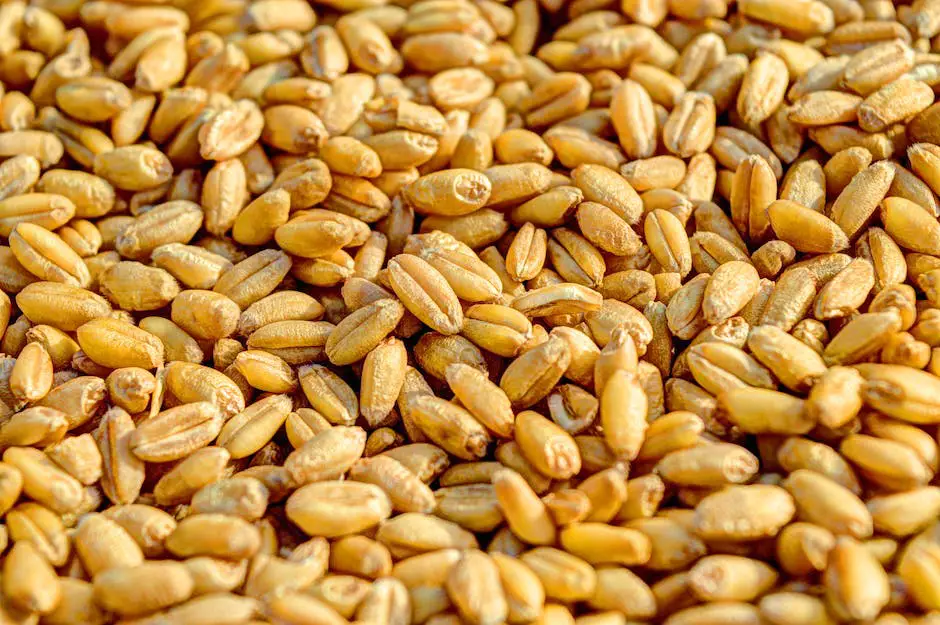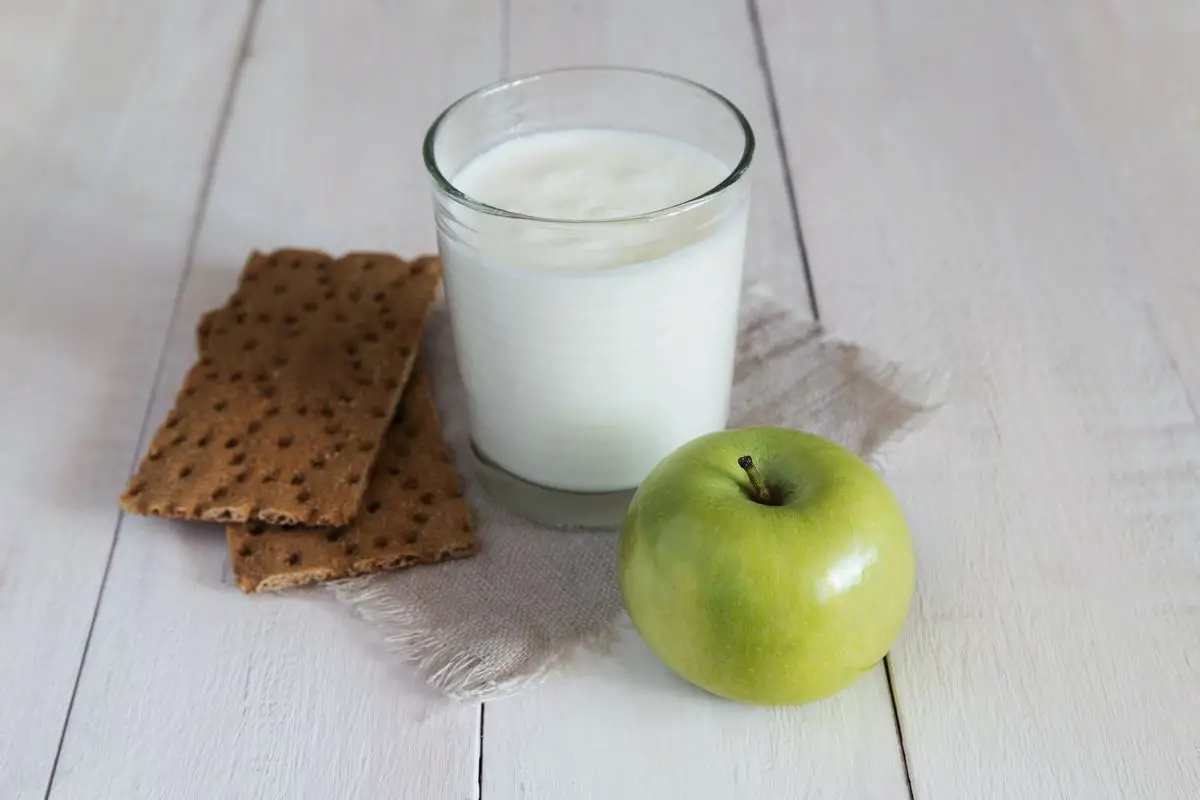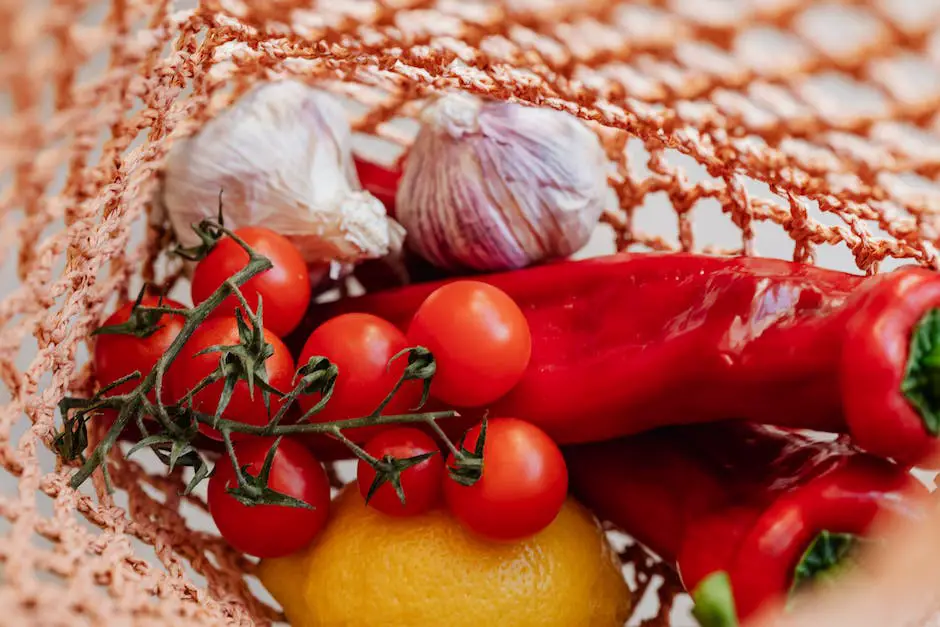More than ever before, the demand for gluten-free food products is on a significant rise, as many people globally are opting for a gluten-free diet due to health reasons while others choose it as a lifestyle preference. This dietary trend comes as a result of heightened awareness about gluten, a group of proteins found commonly in grains such as wheat, barley, and rye, which has adverse effects on individuals with Celiac disease or gluten sensitivity. With the gluten-free market growing rapidly in size and potential, multinational companies like IKEA are keen to unlock the potential of this burgeoning sector. This discourse aims to delve into IKEA’s current gluten-free offerings and future plans in this arena, as well as outline the potential challenges they may face in this niche market.
Understanding Gluten and the Gluten Free Market
Understanding Gluten and its Market Impact
Gluten is a specific type of protein commonly found in grains such as wheat, barley, and rye. While it contributes to the chewy texture and structural integrity of these grains, it can cause issues for certain individuals. Celiac disease is a notable condition that causes an immune reaction to gluten, leading to damage in the digestive system.
The Gluten-Free Market: An Overview
With increasing awareness of gluten intolerance and celiac disease, along with diet trends like “clean eating”, the demand for gluten-free products has seen significant growth over the years. According to Statista, the global gluten-free products market is expected to reach 43.65 billion dollars by 2027, growing at a CAGR of 9.2% from 2020 onwards.
The US is one of the largest markets for gluten-free products, and this demand extends to restaurants and retailers alike. As per the National Restaurant Association, gluten-free meal options were among the top food trends in recent years. This demonstrates the willingness of consumers to choose gluten-free options when dining or shopping.
IKEA Steps Towards The Gluten-Free Market
As a major retailer, IKEA has demonstrated responsible responsiveness to the evolving demands of their customers, thus embracing the growing trend of the gluten-free market. IKEA has consistently expanded its food offerings, aiming to cater to more diverse dietary preferences and needs.
Perhaps one of the most recognizable examples of this is the introduction of IKEA’s gluten-free variations of their iconic Swedish meatballs and pasta, which have been met with wide approval. Moreover, IKEA’s in-store restaurants now also offer gluten-free pizza, showcasing the company’s commitment to providing more inclusive food options for its guests.
In addition, the Swedish company has also started to offer gluten-free bread and biscuits and continues to evaluate its product portfolio with the goal of further enhancing its gluten-free options.
The Future: IKEA’s Engagement with the Gluten-Free Market
IKEA’s notable efforts to embrace the gluten-free market not only display their dedication to inclusivity, but also underline their apt business strategy. Especially considering the projected growth of this market segment, it seems IKEA’s decision to include gluten-free options has its roots set not just in empathetic understanding of diverse dietary needs but also in shrewd business judgment.
Advanced research to ensure IKEA’s gluten-free offerings are of superior quality and delicious taste is key to the company’s future triumph in this field. It’s anticipated that catering to clients who favor or require gluten-free meals will continue to be a fundamental part of IKEA’s food expansion plans in the future.

IKEA’s Current Gluten-Free Offerings
IKEA’s Gluten-Free Alternatives in Restaurants and Bistros
The renowned Swedish multinational known as IKEA, loved for its ready-to-assemble furniture and range of home goods, has shown rising interest in the gluten-free market. They have thoughtfully included a selection of gluten-free options in their restaurants, bistros, and even in the Swedish Food Market, keeping in mind the needs of customers with gluten intolerances or allergies.
In an attempt to ease the process for customers, IKEA has established a well-defined labeling system where items that are gluten-free are particularly marked. This labeling strategy allows customers to swiftly and efficiently find food items that comply with their dietary requirements. Besides, IKEA’s menu displays a variety of gluten-free dishes and treats, ensuring taste is never compromised.
A highlight from their menu is the IKEA Swedish meatballs. IKEA offers a gluten-free variant created from chicken, which can be obtained both at their restaurants and in the Swedish Food Market. A tasty gluten-free lingonberry sauce and mashed potatoes compliment these meatballs, making a full, satisfying meal.
Gluten-Free Offerings at the IKEA Swedish Food Market
Beyond their restaurants and bistros, the Swedish Food Markets at IKEA also carry a good range of gluten-free products, providing convenience to those looking to purchase gluten-free items for home preparation.
One of their standout offerings in the gluten-free category is the crispbread. Made from rice and corn, it’s a flavorful and healthy alternative for the general bread products. They also offer a gluten-free mix for pancakes and waffles, allowing customers to prepare and enjoy traditional Swedish pancakes at home while maintaining their gluten-free diet.
There is also a variety of gluten-free biscuits, cakes, and cookies. For instance, the KAFFEREP Oat biscuits and the GILLE Sugar-free oat cookies are both gluten-free, allowing those with a sweet tooth to have a safe treat.
IKEA’s Dedication to Expanding its Gluten-Free Offerings
The Swedish global firm IKEA has illustrated its unwavering commitment to understanding and meeting varied customer needs by taking notable strides towards catering to the gluten-free market. Their efforts extend to recognizing the health needs of those customers who need to adhere to gluten-free diets, as well as those who opt for gluten-free products out of preference for their potential health benefits.
These endeavors can significantly benefit IKEA by bolstering their image as a business that not only acknowledges consumer diversity but is also proactive in catering to varied dietary requirements.
Indeed, the gluten-free market is burgeoning, and by making strategic moves to offer gluten-free items, IKEA encapsulates a thoughtful understanding of the evolving needs, preferences, and demands of the food market.

Photo by foodistika on Unsplash
Future Plans and Challenges for IKEA in Gluten Free Market
Efforts by IKEA to Penetrate the Gluten-Free Market
IKEA, globally recognized for its Swedish heritage, has broadened its culinary horizons from the much-loved staple of Swedish meatballs by gradually increasing the range of gluten-free products on offer in their eateries and bistros worldwide. Such a move is testament to IKEA’s swift response to the consumers’ desires, reflecting the current global trend to adopt healthier, gluten-free food alternatives.
Future Plans for Gluten-free Lines
As part of its future plans, IKEA aims to make gluten-free options a key feature of their in-store restaurants and food markets. The company plans to introduce new gluten-free items in their menu and product line, covering everything from baked goods, pastas, and meat products. They are extensively working on researching and developing gluten-free recipes that align with IKEA’s unique brand and customer expectations.
IKEA also plans to ensure that the new line of gluten-free products are not only tasty but are also sourced and produced responsibly in line with the company’s ethical sourcing and sustainability goals. They have noticeable interest and dedication to ensuring that gluten-free options do not compromise health or environmental standards.
Challenges in the Gluten-Free Endeavor
There are certainly challenges that IKEA may face in the process of expanding their gluten-free lines. One of the fundamental challenges is maintaining the same quality standards that their customers are used to with their traditional food offerings. Because gluten-free products require different ingredients and production methods, there may be issues in preserving taste, texture, and nutritional values.
Meeting diverse consumer preferences is another challenge. Gluten-free diets are not only followed by individuals who are gluten intolerant or have celiac disease, but it is also a lifestyle choice for many others. Therefore, IKEA’s gluten-free products need to appeal to a wide range of consumers with various dietary needs and preferences.
One of the notable logistical challenges IKEA may face is the large-scale production and supply of gluten-free foods. Handling gluten-free products requires special care to prevent cross-contamination with gluten-containing ones. This might imply the need for separate storage and cooking spaces, and possibly even separate production lines.
International Standards and Regulations
IKEA also needs to consider the international standards and regulations related to gluten-free food products. These rules can vary significantly from one country to another, making compliance a complex issue. This is especially true for a multinational company like IKEA, with stores spread across various countries each with their own set of rules and standards.
Despite these challenges, IKEA’s commitment to broadening its gluten-free offerings stands as an applaudable initiative. As they navigate these obstacles, the successful implementation of these plans will signify IKEA’s dedication to inclusiveness, customer satisfaction, and diversity in their food offerings. This could potentially open a new customer segment and establish them as a forward-thinking corporation in the modern market.

Photo by adamkolmacka on Unsplash
As IKEA continues to broaden its horizons within the gluten-free market, they will need to ingeniously face inherent challenges, including maintaining quality, satisfying a wide spectrum of consumer preferences, and handling the logistics intricacies that come with large-scale production and distribution of gluten-free foods. However, by leveraging their renowned reputation for innovation and employing sustainable production tactics, IKEA can successfully navigate these hurdles. Additionally, by staying informed about the evolving needs of the gluten-free community and adapting accordingly, IKEA stands to not only expand its consumer base but also reinforce its commitment to offering a diverse and inclusive range of products that caters to everyone’s dietary needs and preferences.


